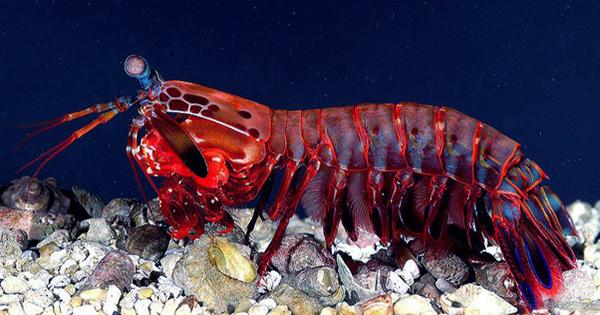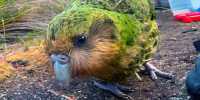Mantis shrimp punch throwers are famous for their love, providing a powerful blow it can kill their prey in a strike using a more powerful combination with impact resistant nanoparticles. However, to stand on top of it, a boxer must find their feet in the first stages of some awkward life – and mantis shrimp are no different.
Incredibly, these capable crustaceans cannot pull directly from the egg; new research published in the Journal of Experimental Biology has shown that they are effectively moving early. After a few mutations, mantis shrimp larvae are ready to hatch at just nine days old. Studying larval fish and crustacean forms is not an easy task, especially for species that show spectacular light for blackwater divers but return to the lab like pale, spooky flowers.
The species that prefers the water surface to their nursery (pieces of water are basically larva crutches) may be easy to collect but the one species you are after is like looking for needles in a wet straw groove. Study author Jacob Harrison from Duke University, USA, said in a statement, “Touching buckets for larval crabs, shrimp, fish and worms to find Mantis shrimp can be an incredible challenge.”
Preserving the species-specific larvae, the researchers set up a strategy to get the next barrier to a 4-millimeter (0.16-inch) Gonodactylaceus falcatuslarva in a place where it could be filmed. Eventually, a setup was able to illuminate the larvae with some set of uncooked kits (a toothpick, some glue, and a custom-designed bracelet) so that the team could begin data collection. A welcome prospect for researchers, who said it, took about a year to decide on a functional design. Looking at their results the team was able to determine that the boxing shrimp were punching nine days after the hatching. Pretty impressive, isn’t it? Okay, there’s more.
The mechanics of small punches were not so different from those of adults (although of course it is a smaller scale) and the presence of these small fighters provided some important insights. The team was able to observe the tiny muscles of the larval body contractions during the snap, something that has never been seen in adults due to their opaque excitability.
It turns out that the glass of larvae is not exactly good for physiology. “Mantis shrimp larvae lead a pelagic life,” Harrison said in an email to IFLScience. “These often float in the open sea, sometimes within a few weeks they are ready for settlement and until the juvenile mantis shrimp emerges. So, the shape of their transparent flat body allows them to float in most unseen waters!”














